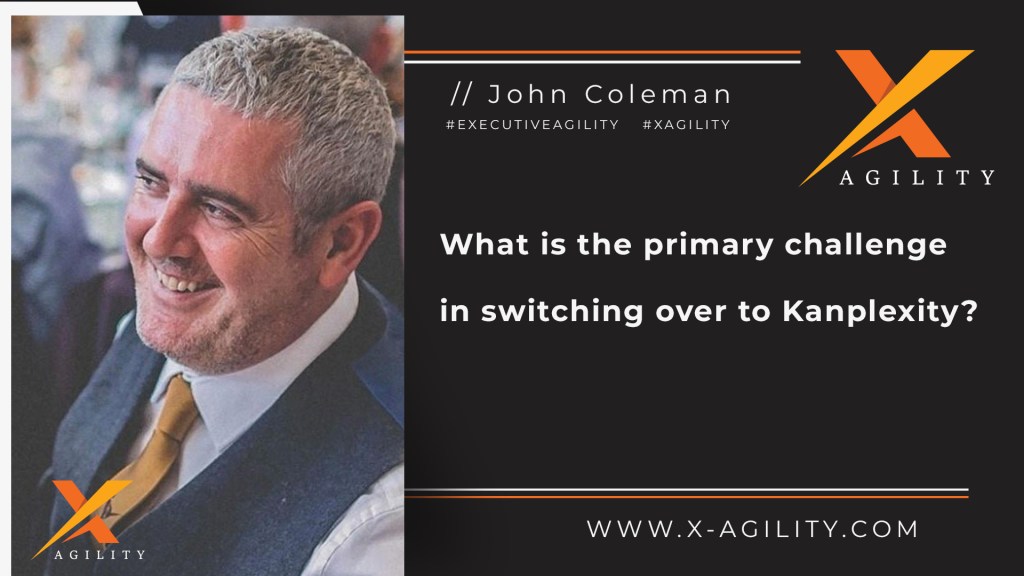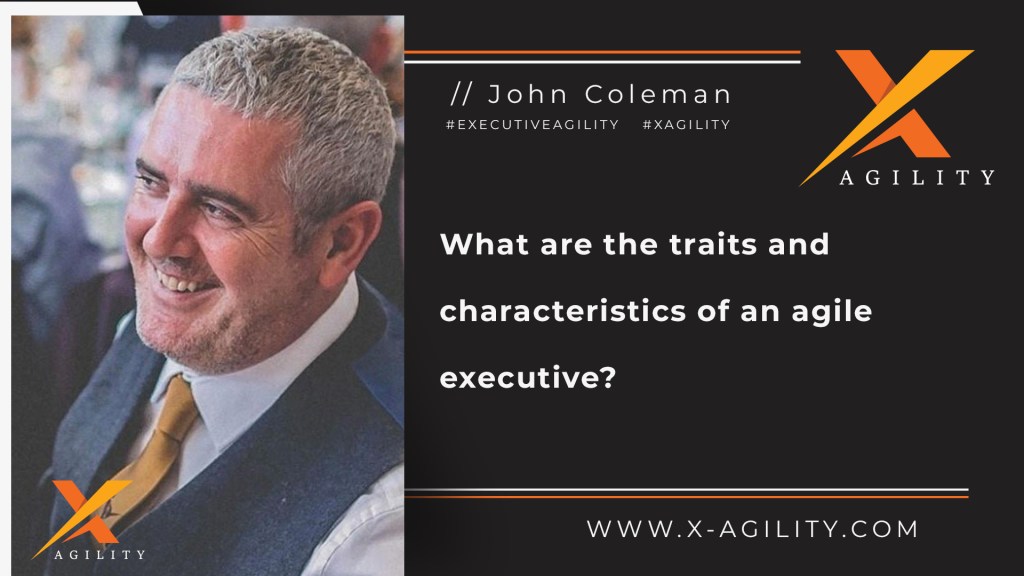Who owns the change in an agile transformation?
The organization owns the change.
When I, or an agility chef like me, am contracted to help with an agile transformation, there is often a mistaken belief that I am going to drive change throughout the organization.
Kind of like a project manager who drives outcomes and sets deadlines for project milestones.
I am certainly there to help. I partner with executives and senior leaders to identify where the most value can be created and generated within the organization, but I don’t have the necessary power and authority to actively drive those outcomes.
Neither is it recommended that these things are imposed on individuals and teams.
The change is owned by the organization, and it requires a great deal of responsibility for me, as one of the change agents, to help teams understand why change is necessary, what the benefits of that change will be – for the individual, the team, the customer, and the organization – and how we are going to go about implementing new practices and behaviours that lead to change.
Outlining:
- What needs to change?
- Why does it need to change?
- Who needs to be involved?
- What does change look and feel like?
- What are the business objectives that need to be achieved?
- What are the customer goals and objectives that need to be achieved?
- Where is the most value going to be created and captured through change?
- What do we need to worry about?
- What problems need to be addressed, and in what order of priority?
And so forth.
Assessing the appetite for change.
We need to be honest about the appetite for change in various departments and teams.
Some executives will be highly frustrated with current outcomes and have a significant appetite for change to achieve their business goals and objectives. Others might have zero incentive to relinquish their fiefdom and will actively resist any form of change that challenges their power and influence within the organization.
If we are to demonstrate the value of agility and showcase how the necessary changes will achieve business and customer objectives, we need to start in the environments that have the highest appetite for change.
The people in the organization really need to embrace the opportunity of agility and actively want to usher in the changes necessary to achieve those opportunities.
What success as an agility chef looks like.
As an agility chef and change agent, my purpose is to help lead and embed change within the organization, and to empower executives and teams to cultivate, nurture and grow agility.
In most cases, I am contracted for a 12-month period, and my primary objective is to create an environment that allows me to exit within the 12-month period.
It is to cultivate and nurture internal agile capabilities in a sustainable and effective manner, so that by the time my contract is up, the organization have internal agility chefs and powerful change agents that can build on the rock-solid foundation created, and lead agility into the future.
The purpose of agile is to create autonomous, self-managing teams that can solve complex problems and develop complex products and features. The purpose of agile leaders is to empower those teams yet intervene to solve problems and remove impediments that are beyond the control and influence of the teams.
Success as an agility chef is achieving these outcomes and establishing an environment where the teams are autonomous, and the agile leaders and executives play a critical role in enabling agility.
I am always available to support over the long term, but the organization needs to own the change and lead agility from within.
The change should be owned across the organization.
Often, we see organizations develop pockets of agility rather than cross-functional or cross-department agility.
It is incredibly important for us to work toward achieving organizational change across multiple functions and departments. It can’t work in isolated silos.
I see time and time again that change is limited to a specific department.
We start in marketing or research and development, but other departments resist change and a small pocket of agility forms in a single department, but that department is frustrated because it constantly comes up against resistance from other departments or is impeded by dependencies.
The organization should be agile across the value streams.
This is why executive agility is so important.
The departments or teams cannot achieve cross-functional agility without the support and aid of executive and leadership teams. It is simply beyond the control and influence of the team.
It requires executives and leadership teams to work in partnership with one another as well as the teams and value streams they serve.
We need to align customer objectives with organizational objectives to achieve true agility.
If the organization owns the change, and the executive and leadership teams own the change, we are far more likely to achieve organizational agility than we could achieve exclusively at the team level.
About John Coleman
https://linktr.ee/johncolemanxagility – social and podcast links
https://linkpop.com/orderlydisruption – order training from right here
If you are interested in helping your team or organization achieve greater agility and want to explore agile training options, visit our training page.
If you value coaching and would like to work with a deeply experienced agile and executive coaching specialist, visit our coaching page.
If you are looking for an agile consultant that can help your leadership team identify an appropriate roadmap to organizational agility and take the most effective course of action in your agile transformation, visit our consulting page.
#agile #leadership #agileleadership #certifiedagileleadership #professionalagileleadership #psm #psm2 #scrum #scrumorg #xagility #executiveagility #xagility





